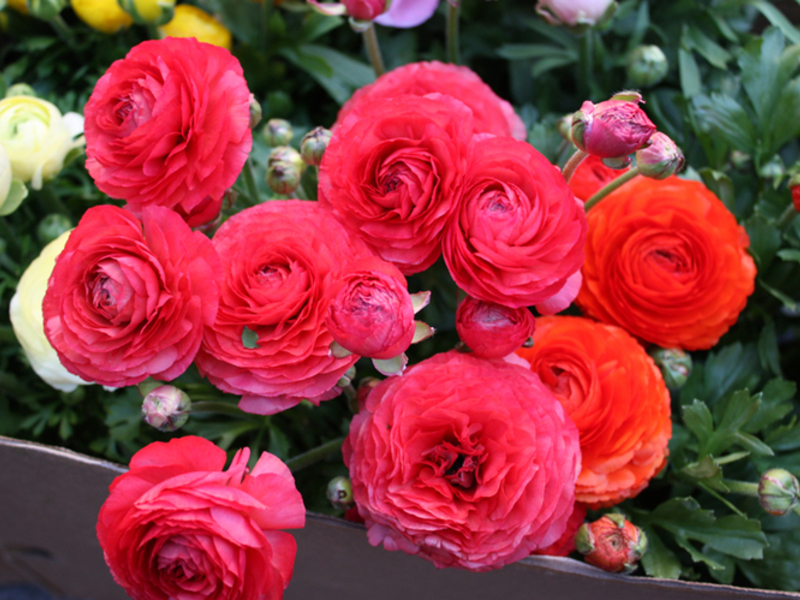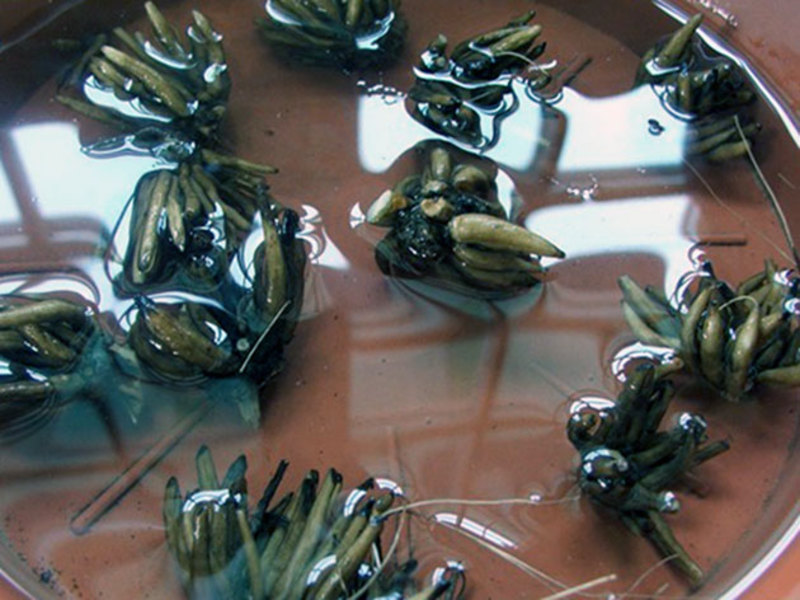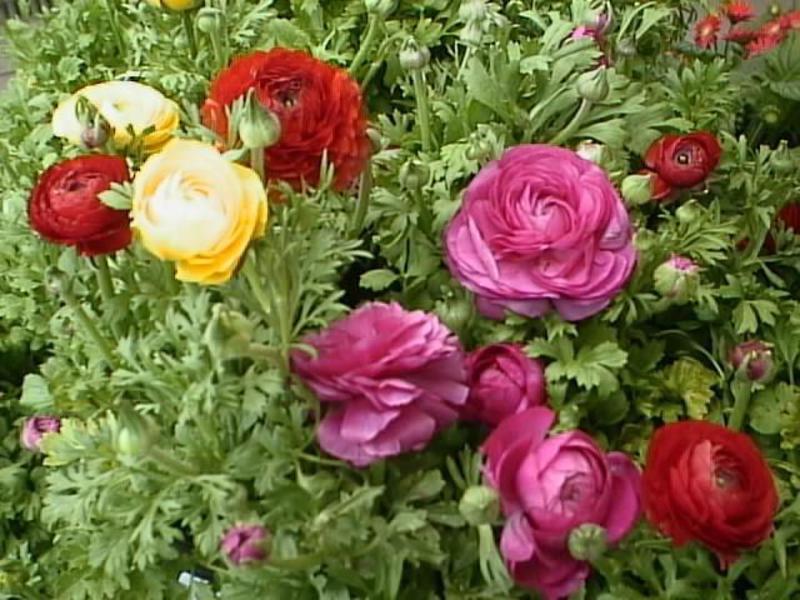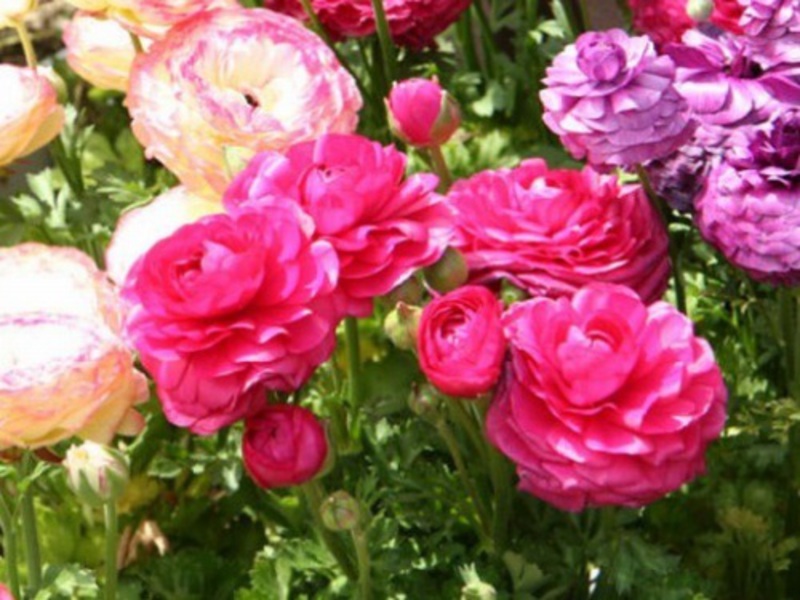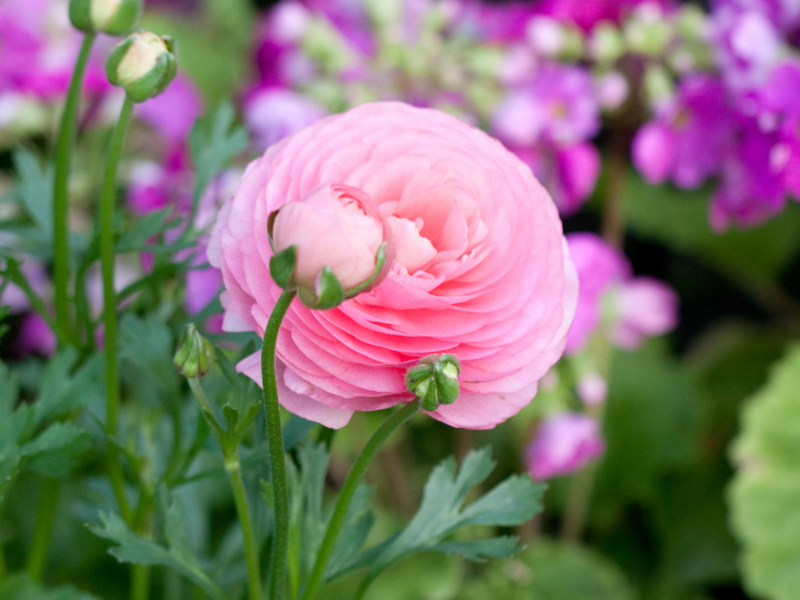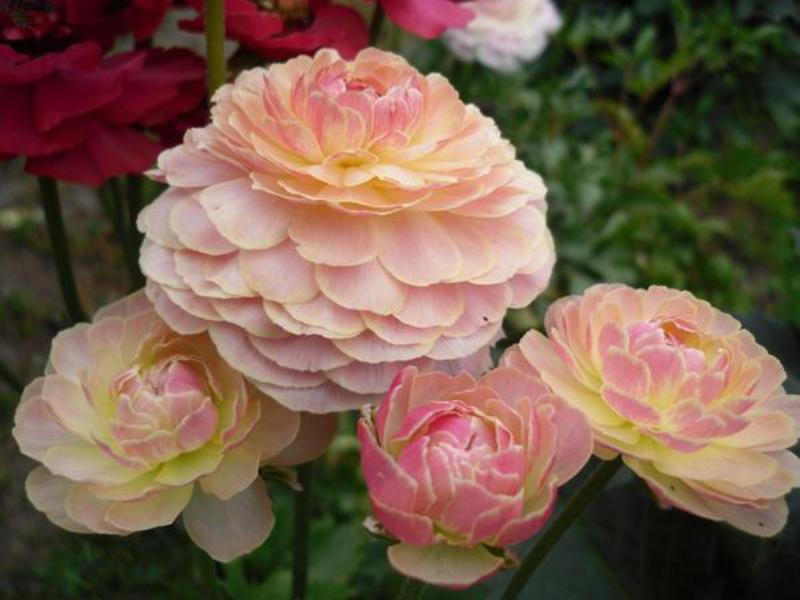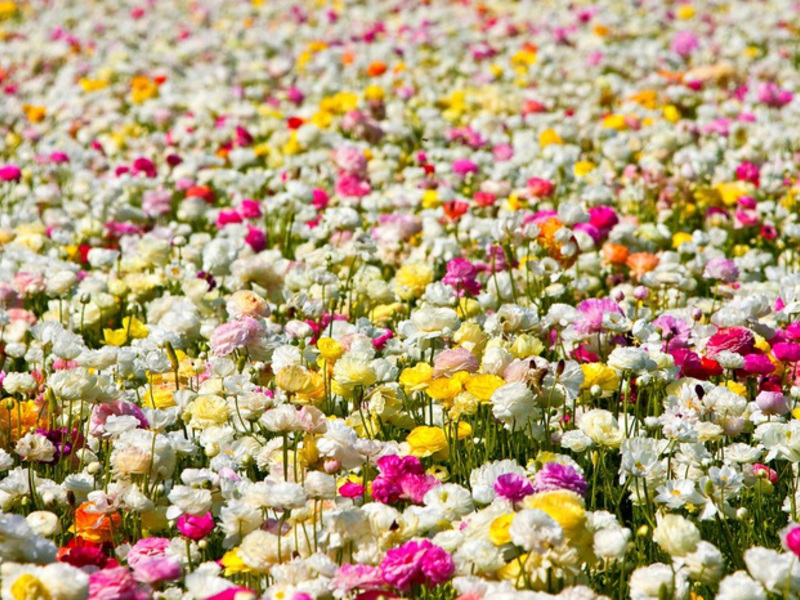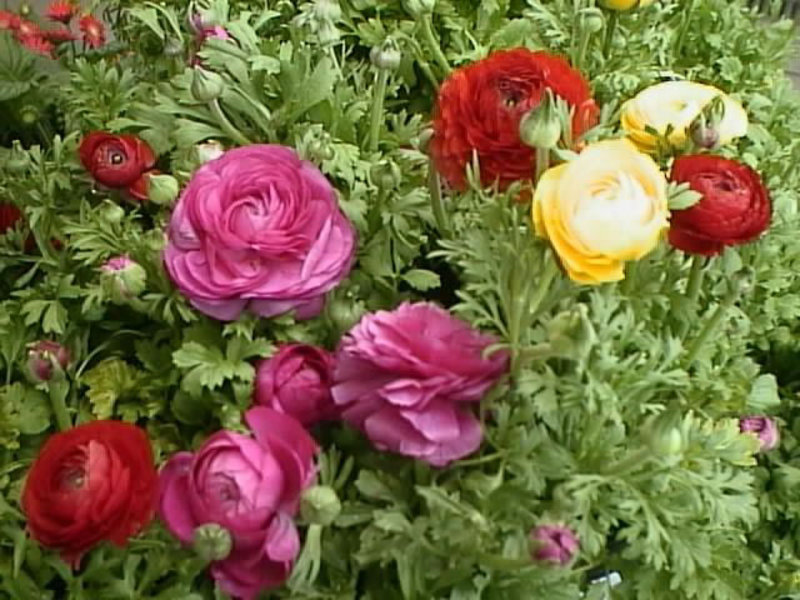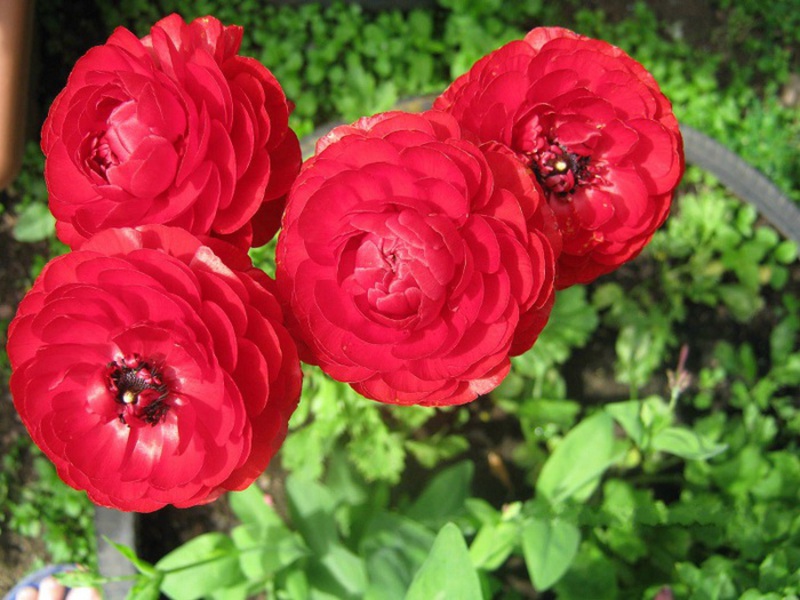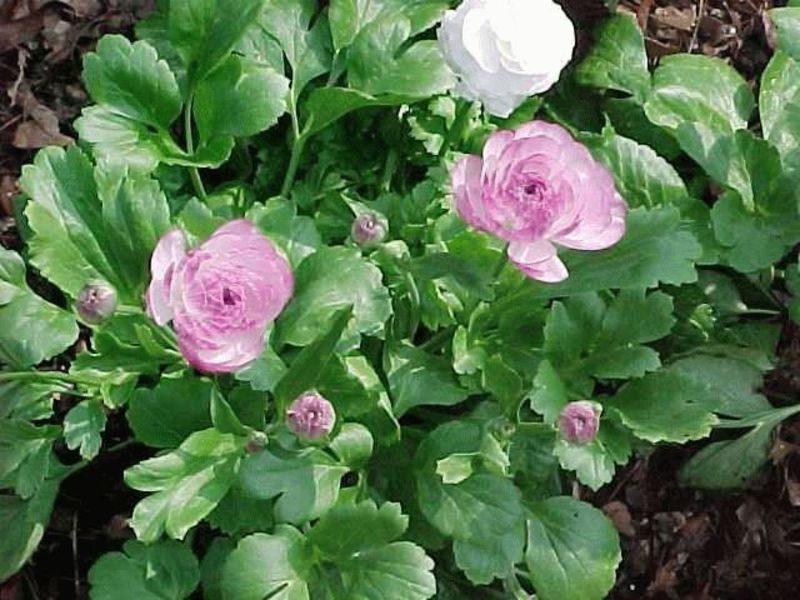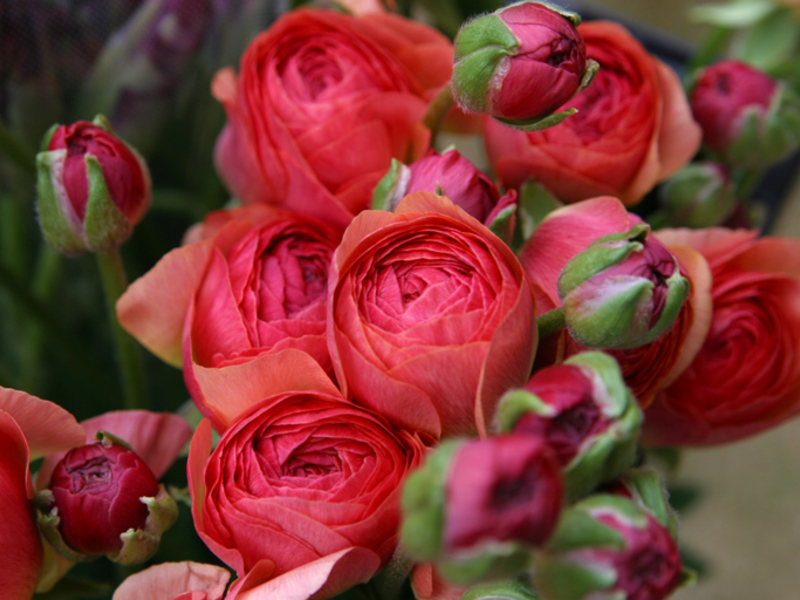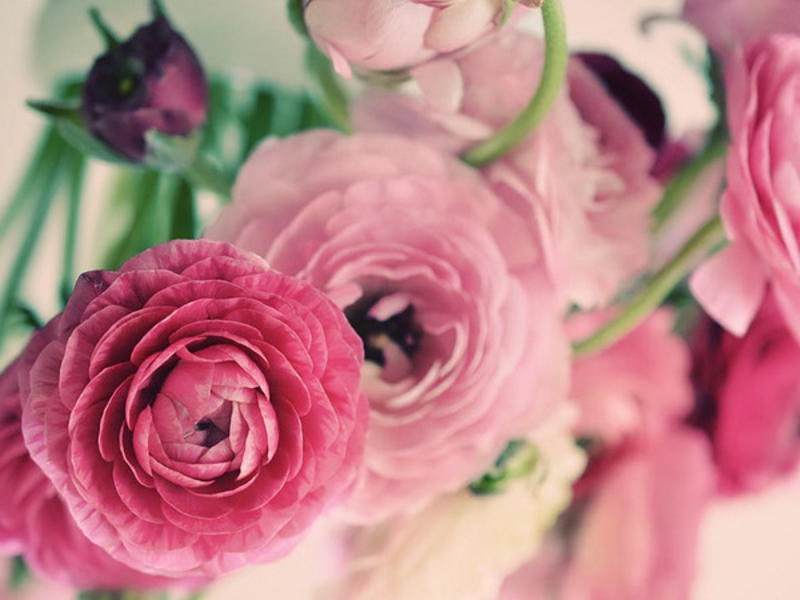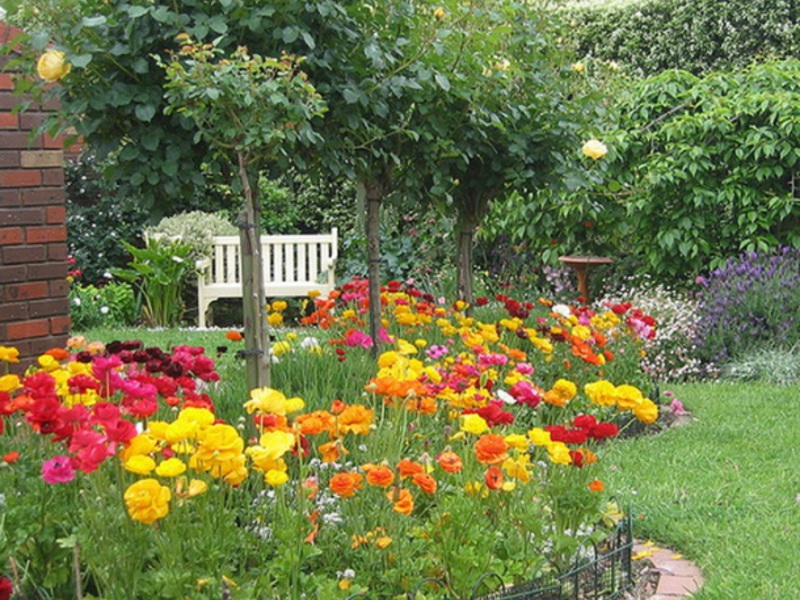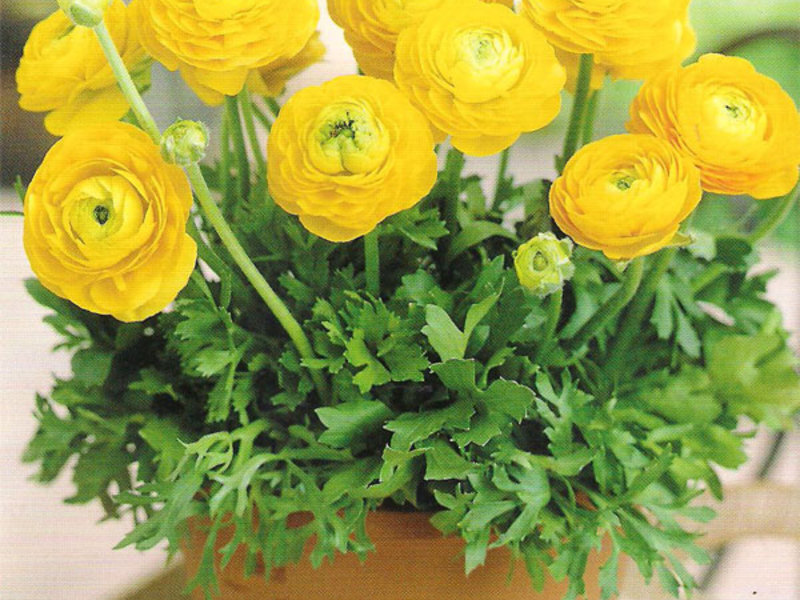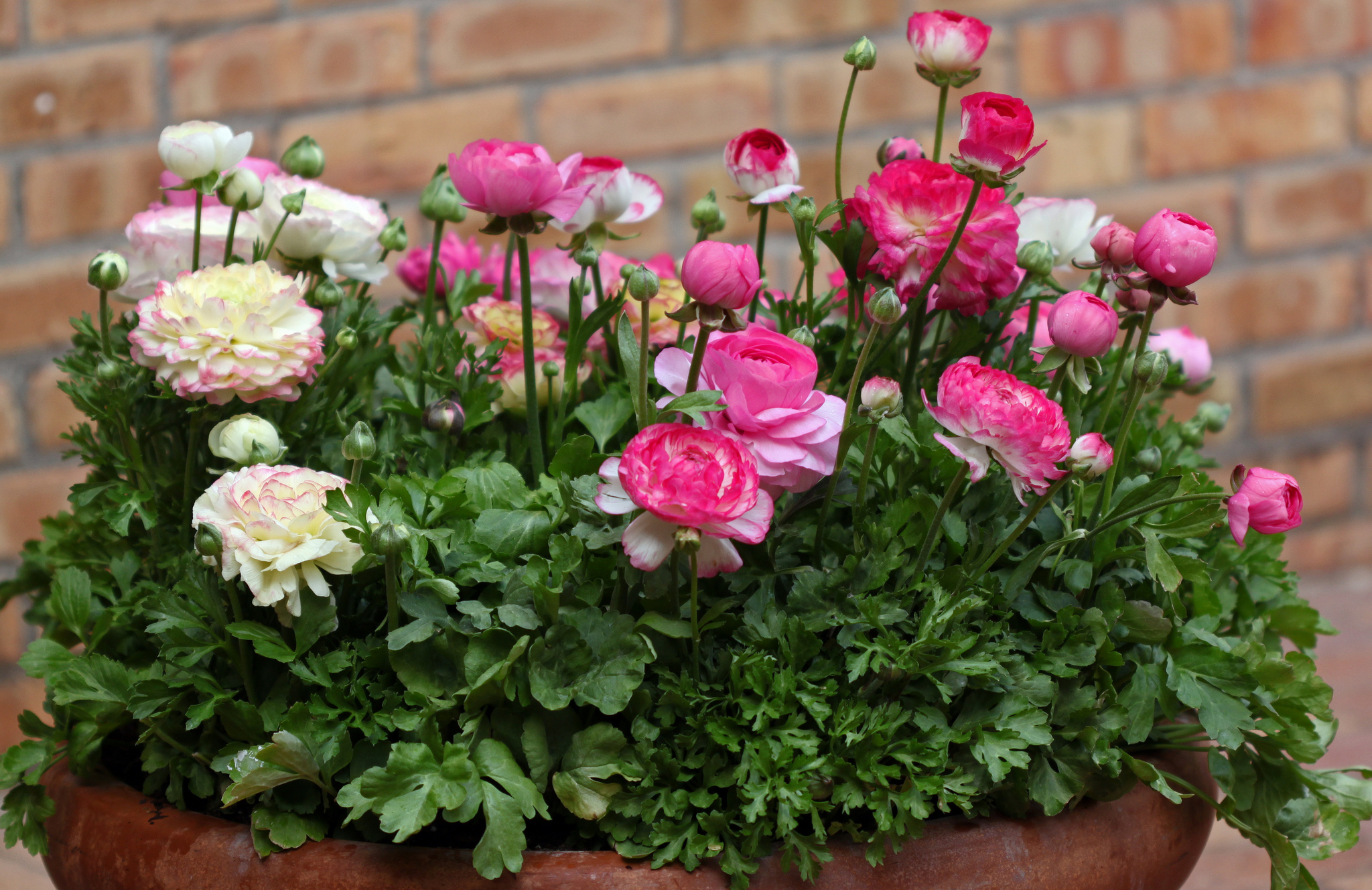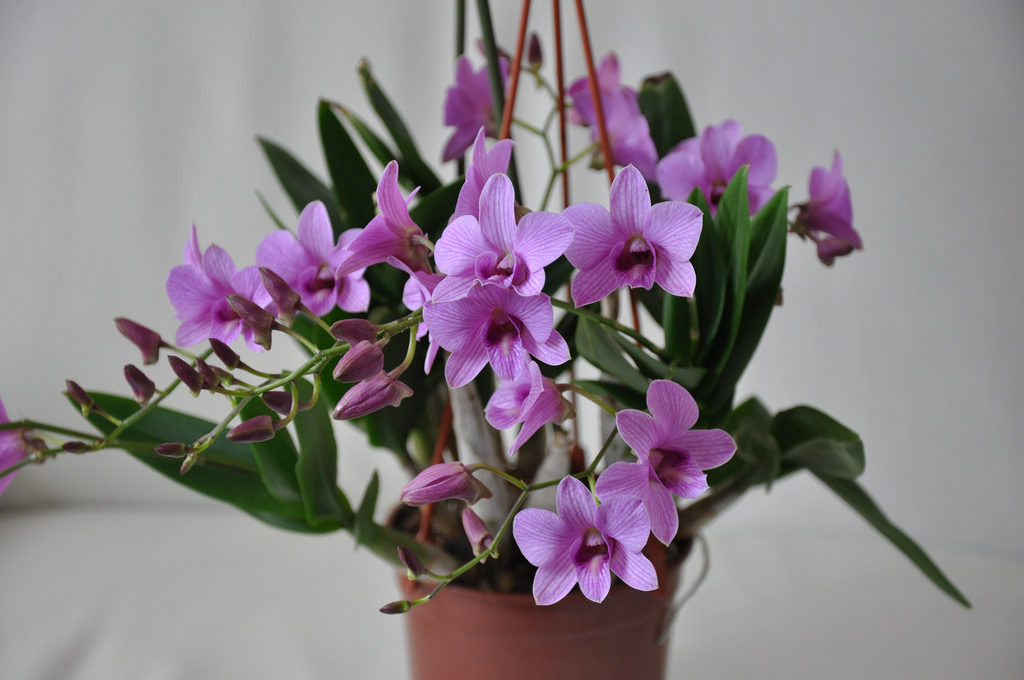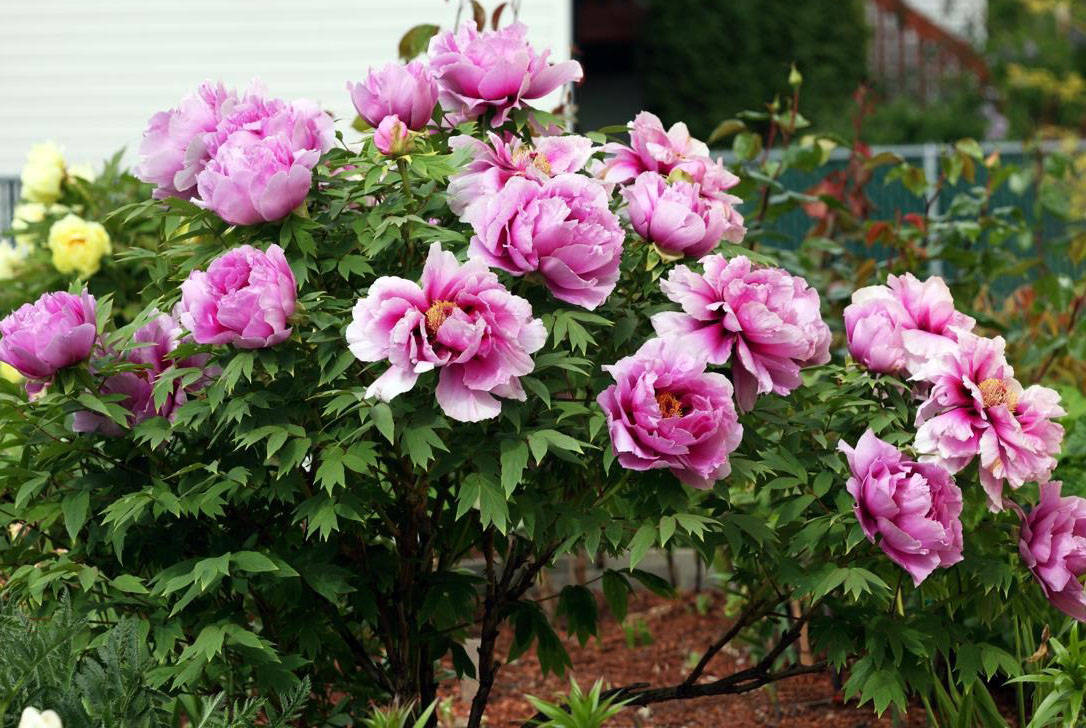You may be hearing about such a plant as ranunculus for the first time, but many of our growers are quite familiar with it. More commonly, this plant sounds like an Asian buttercup. Unlike many other plants, it can be grown not only outdoors, but also in pots at home.
Many people are attracted by this plant with its flowers, which look very beautiful. This is what explains the fact that ranunculus is widely used as an element of home decor. Besides, it is often used to make beautiful bouquets.
But still, you need to use this plant with caution because of its toxicity. This is due to the fact that the composition of the juice of the Asian buttercup contains a large amount of toxic substances, the prolonged exposure of which can lead to severe poisoning... However, otherwise, there are no problems with ranunculus, since every summer resident can grow and care for it. The main thing is to get acquainted with the nuances of carrying out these works.
Content
Asiatic buttercup growing methods
If you are going to start growing ranunculus, then first of all you need to decide on the method of its breeding.
From tubers
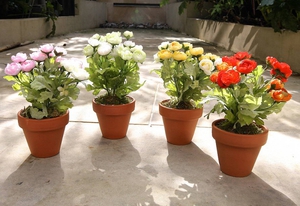 Although this plant has been available for purchase since the end of autumn, you should not rush to buy it. It is best to start looking for planting material in February-March. The reason for this is the special storage conditions that must be ensured for the tubers. Specifically, they should be kept at moderate humidity and temperature. at 15-18 degrees... If the actual storage conditions differ from the recommended ones, the Asiatic buttercup will lose its vitality, therefore delays in the emergence of seedlings are quite likely.
Although this plant has been available for purchase since the end of autumn, you should not rush to buy it. It is best to start looking for planting material in February-March. The reason for this is the special storage conditions that must be ensured for the tubers. Specifically, they should be kept at moderate humidity and temperature. at 15-18 degrees... If the actual storage conditions differ from the recommended ones, the Asiatic buttercup will lose its vitality, therefore delays in the emergence of seedlings are quite likely.
The tubers must be cared for before planting. To do this, they should be turned over once every few days. This will create an airing effect. Having decided to wait until spring to buy flowers, you should know that until that time there will be experienced specialists who will do everything possible to ensure that the planting material retains its vital properties.
Before planting the Asian buttercup in the ground, it must be held in a damp sponge for 4-5 hours. If you have any doubts about the quality of the acquired planting material, then it will be useful to introduce a few drops of potassium permanganate and a growth stimulator into this liquid. Tubers are planted in soil fertilized with peat or black soil. You also need to put a small amount of sand and humus in the holes.
Experienced gardeners know that the best place to plant ranunculus is in partial shade. Therefore, it will be a gross mistake if you plant it on an area that will be completely protected from light or open to bright rays.
As a rule, before the first shoots appear you have to wait 1-2 months... Therefore, it is better to plan the planting in mid-April, when severe frosts have passed. The Asian buttercup enters the flowering phase after three months from the moment of planting.However, there may be a delay if the plants are not properly cared for. For example, if information about rapid temperature changes has appeared, then the flowers must be protected with a shelter made of straw. It will not only save them from the cold, but also help to more economically use the moisture contained in the soil if watering is rare.
From seed
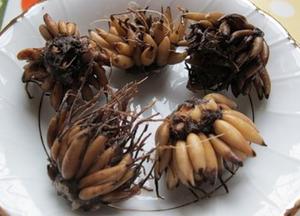 This type of planting material has an extremely low germination rate. This is especially negatively affected by inappropriate storage conditions or care. If the owner does everything in accordance with the recommendations, then you can count on the formation of flowers on one plant out of twenty.
This type of planting material has an extremely low germination rate. This is especially negatively affected by inappropriate storage conditions or care. If the owner does everything in accordance with the recommendations, then you can count on the formation of flowers on one plant out of twenty.
For planting, seeds harvested in early to mid-summer are used. Collecting this planting material is not easy because ranunculus has very small seeds. Therefore, if you make a careless movement, then they can easily wake up to the ground. This can be avoided by wrapping the opened buds with a piece of gauze before harvesting, into which you can then calmly shake out the seeds.
Until spring comes, it is necessary to store this planting material in a dry room at a temperature of about +17 degrees.
You can sow seeds as early as February: this will require containers, for example, small pots, which must be filled with prepared peat soil. However, it is best for these purposes use garden boxesas the seeds are quite small and difficult to distribute accurately. Before the favorable moment comes for planting the Asiatic buttercup in the ground, it needs to be properly cared for. This can be achieved by supplementary lighting with a special phytolamp, which is fixed over the boxes, having previously covered them with glass.
In April it is time for picking and transplanting flowers to the site. On top of them, it is imperative to lay a layer of straw or other covering material so that temperature fluctuations do not harm the plantings.
Providing flowering
Taking care of the Asiatic buttercup is quite simple. This plant is undemanding to moisture, so it is enough to water it once every 2-3 days. However, you need to pay attention to the fact that there is no unabsorbed moisture in the root zone. Determine excess moisture it is possible by the presence of white bloom on the leaves of the plant. It can also be indicated by dropping recently opened flower buds.
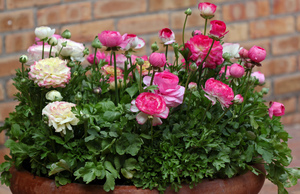 Ranunculus is negatively affected by excessive dryness. In this case, red spots appear on the surface of the leaves, the buds do not fully open and soon die off, preventing the flowers from growing.
Ranunculus is negatively affected by excessive dryness. In this case, red spots appear on the surface of the leaves, the buds do not fully open and soon die off, preventing the flowers from growing.- Competent care of ranunculus and provides for the provision of a significant amount of oxygen to the root system. Therefore, a mandatory operation is loosening the soil, which makes its structure lighter.
- In addition, it is necessary to regularly remove weeds and crops of other varieties that will interfere with ranunculus. They can do harm, too, by destroying the delicate root system of the Asiatic buttercup. In this case, the plants begin to die off pretty soon.
- In the conditions of our country, the flowering of ranunculus occurs only if fertilizing is carried out in the required volume. They must be brought in approximately every two weeks. It is not recommended to increase the frequency of their introduction, because otherwise they will be overfed, and this will provoke the development of a long illness.
Waiting for the moment when the stems wilted inflorescences are formed, they must be carefully removed with a sharp knife or garden shears. This will help clear the area where new flowers will form later. It is imperative to carry out this operation, because otherwise, new flowers may no longer form on the Asian buttercup.Then the only thing that he will please the summer resident with is small leaves, but no one will experience great aesthetic pleasure from this. But such situations are quite rare, so, as a rule, planting bears fruit: just be patient, and soon you will see how beautiful an Asian buttercup can be.
After flowering
Ranunculus is a perennial plant, therefore, with the onset of winter, it hibernates. To get out of this state, it is necessary that the ambient temperature rises to +20 degrees. When caring for the plant, the owner must remove the entire dried stem in September-October. After performing the operation, the tubers need gently pull out of the soil.
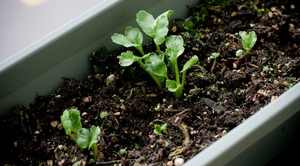 To avoid injury to the tubers, it is recommended to use a garden shovel or special tools designed for careful extraction of small tubers.
To avoid injury to the tubers, it is recommended to use a garden shovel or special tools designed for careful extraction of small tubers.- When choosing a favorable moment for digging up ranunculus, it is necessary to pay attention to the ambient temperature: it is necessary to do this work in the daytime, when the temperature does not drop below + 15 ... + 18 degrees.
After that, the tubers need to be given proper care, similar to that described above. But before storing the planting material, it must be treated with fungicide within 15-30 minutes. This must be done carefully so as not to affect the rhizome. It is possible that during the extraction of the tubers from the ground, they will be still wet. In this case, let them lie in the shade for three days. It is best to use a film greenhouse with perforations for air access for this.
With the entry into the hibernation phase, the flowers acquire increased resistance to adverse conditions, due to which they can maintain their viability even when the temperature drops to 4-6 degrees. However, it is assumed here that such temperature drops will be short-lived.
Since in the south of the country during the winter months the temperature is higher - 3 degrees on the soil surface, there is no urgent need to extract the Asiatic buttercup from the soil, as, accordingly, in its planting. Preparation for winter consists in creating a shelter from spruce branches or fallen leaves. Typically, such a coating provides reliable protection for the ranunculus. until the end of March-beginning of April.
Adhering to the above recommendations, you can grow ranunculus, which will not differ from the photos presented in large numbers on specialized sites.
At home
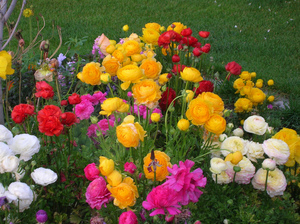 According to many experts, the landing buttercup flowers in confined spaces it is advisable if you want to enjoy its bloom for several years. This option is interesting in that these flowers are difficult to grow in the conditions of the Russian harsh winter, since they die after two to three years. Indoor conditions create more favorable conditions, so the plant responds to care by forming larger inflorescences, which help to decorate the room.
According to many experts, the landing buttercup flowers in confined spaces it is advisable if you want to enjoy its bloom for several years. This option is interesting in that these flowers are difficult to grow in the conditions of the Russian harsh winter, since they die after two to three years. Indoor conditions create more favorable conditions, so the plant responds to care by forming larger inflorescences, which help to decorate the room.
It is enough to adhere to all recommendations so that the Asian buttercup retains its vital properties and pleases you with unusually beautiful flowers for 8-12 years.
- Experts recommend choosing windows facing east and west as a place to grow ranunculus flowers at home. At the same time, it is useful to take plants to the south side at least several times a week, to which the plants will react by increasing the size of the inflorescences.
- The optimum temperature for growing Asian buttercup in room conditions is 15-22 degrees. Moreover, its drops should not exceed 4-5 degrees during the day.
- To provide plants with a sufficient amount of moisture, it is necessary to water it once every 1-2 days in small quantities.Be sure to pay attention to the root zone, which should not be overly moist. Every week, the Asian needs to be fed the buttercup by adding potash fertilizers to the soil.
When the last flowers disappear with the arrival of autumn, the containers with plants are removed for more dark cool placeso that they can wither completely. From this point on, the ranunculus will not need care, since here you need to remove the green mass.
Conclusion
Ranunculus is a fairly well-known ornamental plant among flower growers. Many people grow it because of the beautiful inflorescences that form during flowering. However, the cultivation of the Asiatic buttercup is quite difficult, since it is necessary not only achieve high similarity of seeds, but also create favorable conditions for the beginning of flowering. Considering that in regions where temperature drops often occur, it is not always possible to obtain the desired result, many owners are considering growing ranunculus indoors. Such a solution not only greatly simplifies its care, but also helps to avoid premature death of flowers.
